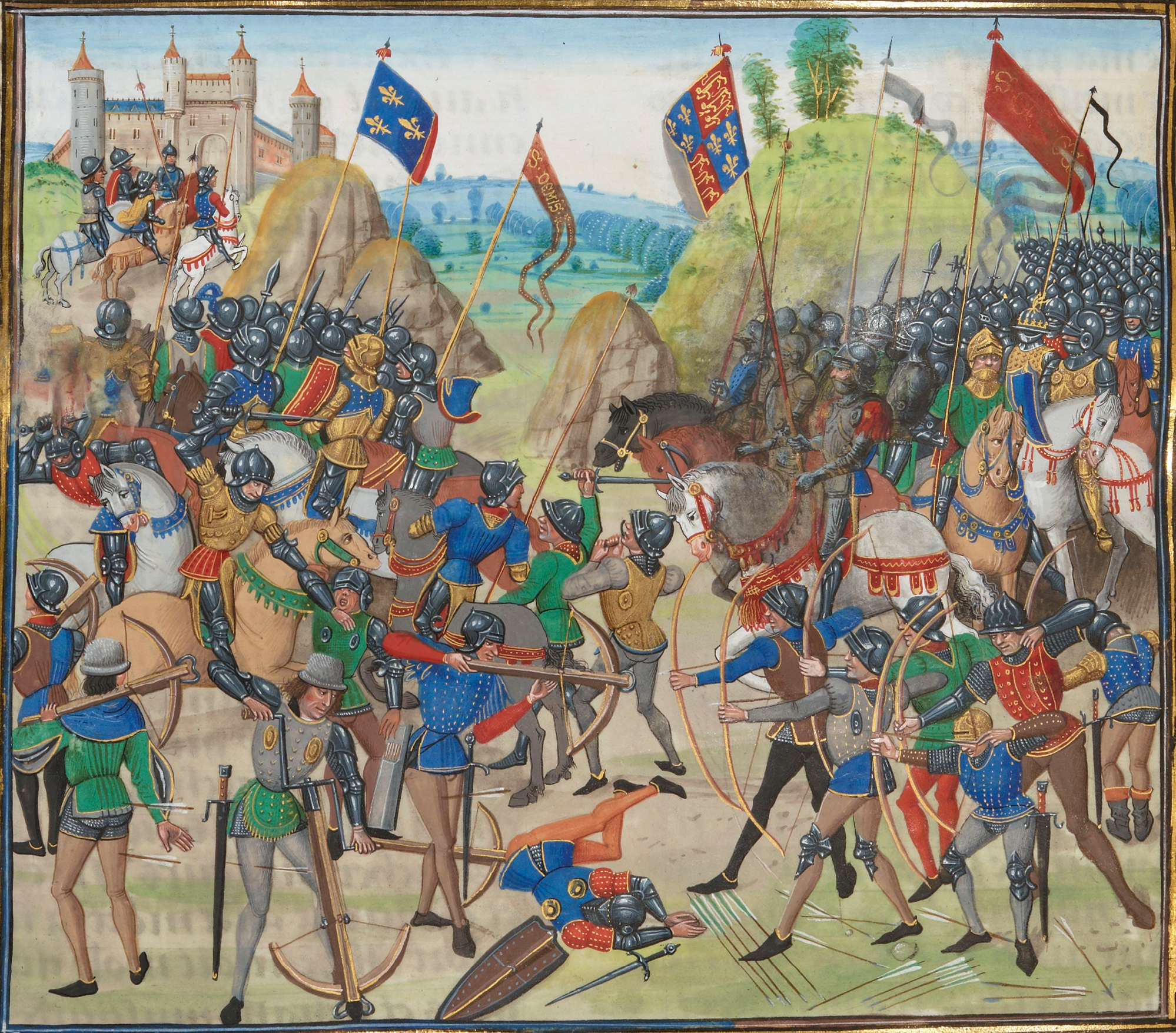
Medieval warfare
Medieval warfare is the warfare of the Middle Ages. Technological, cultural, and social advancements had forced a severe transformation in the character of warfare from antiquity, changing military tactics and the role of cavalry and artillery (see military history). In terms of fortification, the Middle Ages saw the emergence of the castle in Europe, which then spread to the Holy Land (modern day Israel and Palestine).
Relics[edit]
The practice of carrying relics into battle is a feature that distinguishes medieval warfare from its predecessors or early modern warfare and possibly inspired by biblical references.[9] The presence of relics was believed to be an important source of supernatural power that served both as a spiritual weapon and a form of defence; the relics of martyrs were considered by Saint John Chrysostom much more powerful than "walls, trenches, weapons and hosts of soldiers"[10]
In Italy, the carroccio or carro della guerra, the "war wagon", was an elaboration of this practice that developed during the 13th century. The carro della guerra of Milan was described in detail in 1288 by Bonvesin de la Riva in his book on the "Marvels of Milan". Wrapped in scarlet cloth and drawn by three yoke of oxen that were caparisoned in white with the red cross of Saint Ambrose, the city's patron, it carried a crucifix so massive it took four men to step it in place, like a ship's mast.[11]
Weapons
Medieval weapons consisted of many different types of ranged and hand-held objects:
Armour
Artillery and Siege engine
Animals